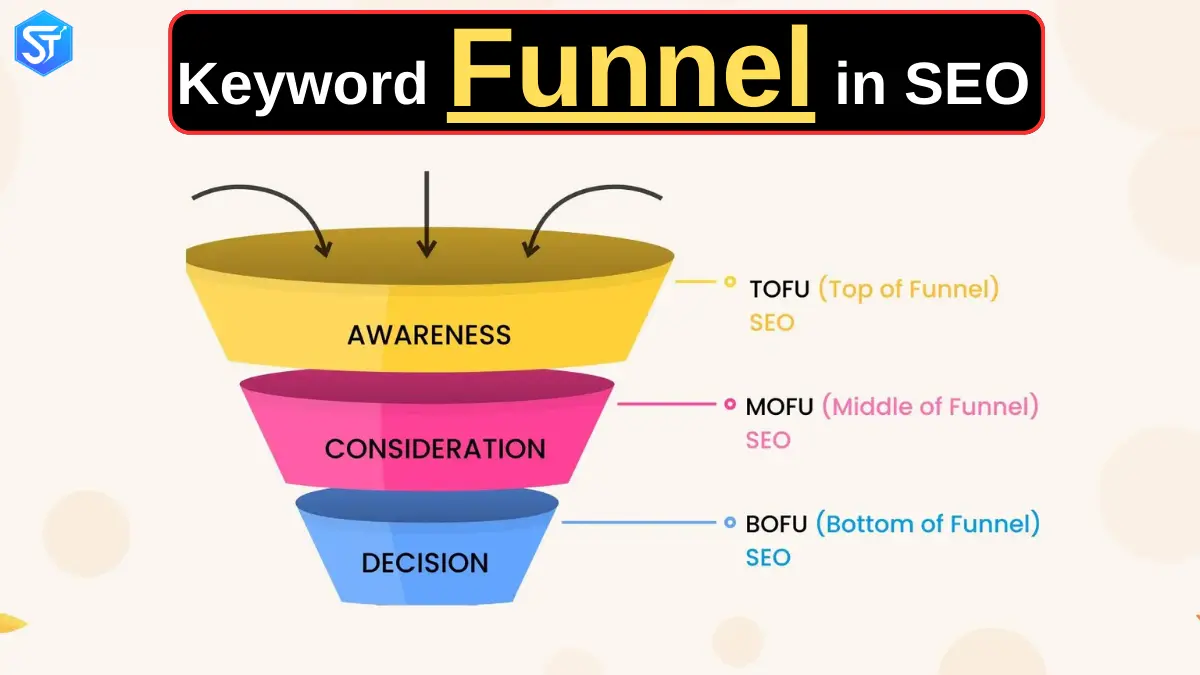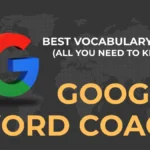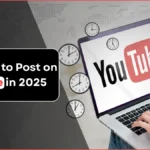What is a keyword funnel?
A keyword funnel is a planned way to optimize content for the buyer’s journey in search engines. It means grouping keywords based on the different stages a user goes through in the buying process or sales funnel.
The goal is to organize keywords according to high search volume terms as part of a focused keyword research methodology.
Using a keyword funnel approach helps you find the exact words people type when searching for details on a topic. When you place these words smartly in your content, you can increase your chances of ranking higher on search engine results pages or appearing in SERP features like the Google Knowledge Graph, Google Popular Products, People Also Ask (PAA), and Featured Snippets.
For example, “shoes” is a broad keyword that you can refine to “women’s black shoes” and then refine to “women’s size 8 black Nike Jordans.” These variations indicate what stage the user is in. Each of these searches reflects a different step in the customer’s purchasing journey.
Stages of the Keyword Funnel
Most buyers go through several stages before ultimately purchasing a product or service. The keyword funnel reflects this journey, where users conduct multiple searches until they reach the purchase stage. A customer’s search behavior varies depending on where they are in the decision-making process. It starts with a need or want, research and information gathering, then evaluating different options, and ending with a purchase decision.
Awareness
This stage focuses on building brand and product identity. At this stage, consumers begin their journey, from first considering your brand to ultimately making a purchase. The broad search queries they use indicate that they are in the early “research” or “awareness” stage.
In this stage, people typically search for the terms “problem or opportunity” and look for general details. They understand their need and begin to explore possible products or services. Their goal is to gather knowledge, not yet buy.
Consideration
In the consideration stage, consumers are actively looking for solutions but have not yet decided to buy. Here, they move from simple research to analyzing available options and weighing possible answers.
During this stage, users visit websites, compare competitors, or read third-party reviews to determine which product or service is best. Customers who reach this point are highly valuable because they are close to making a purchase and are clearly interested in what your business has to offer.
Conversion
The conversion stage focuses on guiding potential customers to take action – whether that means purchasing a product, subscribing to a service, or completing another desired step. After reviewing their choices in the consideration stage, they are now ready to make a final decision.
Searches in this stage often include long-tail keywords that indicate clear purchase intent. These users know what they want and are ready to take action. The goal at this point is to help them complete the purchase and close the sale, which benefits both the customer and your business.
Benefits of Using Keyword Funnels in Your Digital Marketing Strategy
.
- You can use top-of-the-funnel keywords to attract leads and raise awareness of your brand to a wider audience.
- Top-of-the-funnel keywords also provide opportunities for link building. They work best for building links and gaining backlinks because they cover broad topics. This way, the content can naturally connect to many other pages.
- Mid-funnel keywords help with comparison shopping and guide buyers on how to weigh products and make the right choice.
- Bottom-of-the-funnel keywords focus on driving conversions by turning visitors into paying customers or qualified leads. They also create opportunities for organic links, which play an important role in SEO.
Turn SEO Funnel Keywords into a Winning Strategy
At AWC, we provide more than just catchy titles. From start to finish, we cover every step for you. Our goal is to create blogs that convert casual visitors into actual buyers. Our skilled copywriters understand every stage of the sales funnel, so you can be confident that the strong title you choose will be effective throughout the buying journey.
Why not start writing your own success story today? A smart, well-crafted title can be the push your brand needs to turn readers into loyal fans and browsers into paying customers.
With AWC by your side, creative headlines are always within reach – no matter where you are in the funnel. Get ready to see the results come – and come fast!
Planning and Publishing Your Content
When you plan your content, think about where it fits in the customer journey. Does it drive awareness, consideration, or decision-making? Once you know this, you can match the content with the right keywords.
Some examples of funnel content are:
- White papers
- Comparison or spec sheets
- Webinars
- Product demos and free trials
For example, imagine you create a webinar where industry experts share advice on what to look for before choosing a marketing automation demo. The session highlights expert opinions, current data, and insider tips. Clearly, that’s a bottom-funnel piece, right?
Later, you can turn the webinar into a blog post that covers the key points and uses bottom-funnel keywords, such as “How to Choose a Marketing Automation Platform.”
Additionally, keep in mind that bottom-funnel content should always include a smart CTA. What next step should your audience take? Some strong CTAs are booking a demo or signing up for a free trial. Whatever option you choose, make sure it brings the lead closer to making a purchase.
Get More Targeted Traffic
If your goal is to increase traffic and increase conversions, adding bottom-funnel keywords to your content is a great step. You can skip keywords that promise 5,000+ visits per month. But ask yourself – are those visitors really worth it? If not, a keyword that attracts 300 highly targeted bottom-funnel visitors is more valuable.
We understand that SEO can seem daunting. Start small, test different methods, check the results, and adjust as you go. You can also use tools like Act-On’s SEO Audit feature to fine-tune your content and boost search rankings. And if you need more help with SEO, explore our detailed guide that clears up common questions and sets you on the right path to reach your goals.




